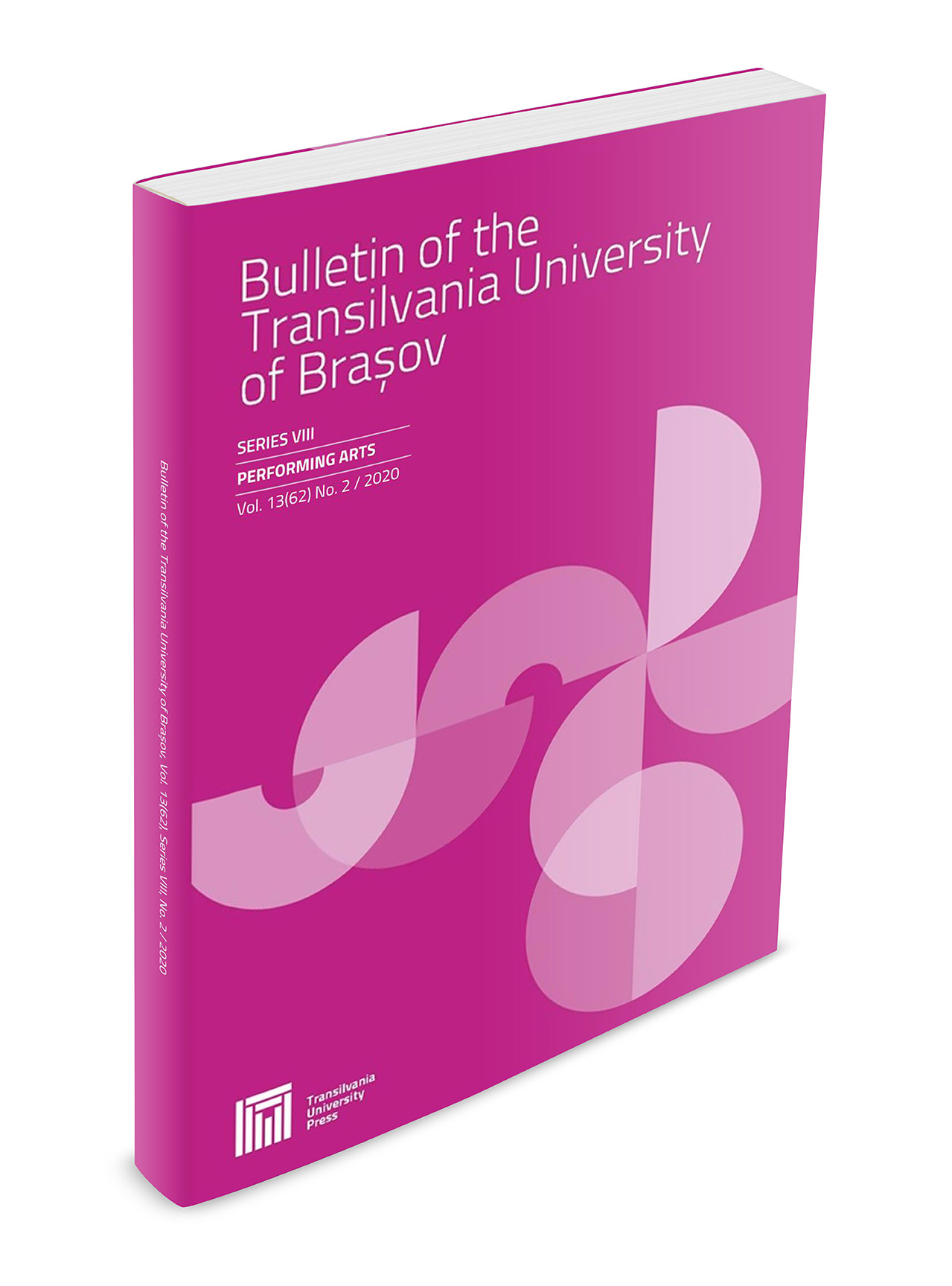Organic structure of the form in the “Second Sonata for Piano and Violin, Op.6”, by George Enescu
Keywords:
Cyclical principle, enescian sonataAbstract
Composed by George Enescu in 1899, the Second Sonata for Piano and Violin Op. 6, in F Minor is a turning point in the author’s thinking, which highlights by its structure the cyclical principle, with the guiding principle of Enescu’s maturity creation. Several cyclical elements pan out even before this musical piece, starting with 1897, in the First Sonata for Violin and Piano, the theme of the slow part being brought again, yet transfigured – by the change of motif, rhythm, and tempo – as the theme of the final part – and in 1898, in the Sonata for Cello and Piano, the unity of the whole musical piece is achieved by the use of certain melodic cells throughout the piece.Downloads
Published
Issue
Section
License
Copyright (c) 2017 Bulletin of the Transilvania University of Braşov. Series VIII: Performing Arts

This work is licensed under a Creative Commons Attribution 4.0 International License.




